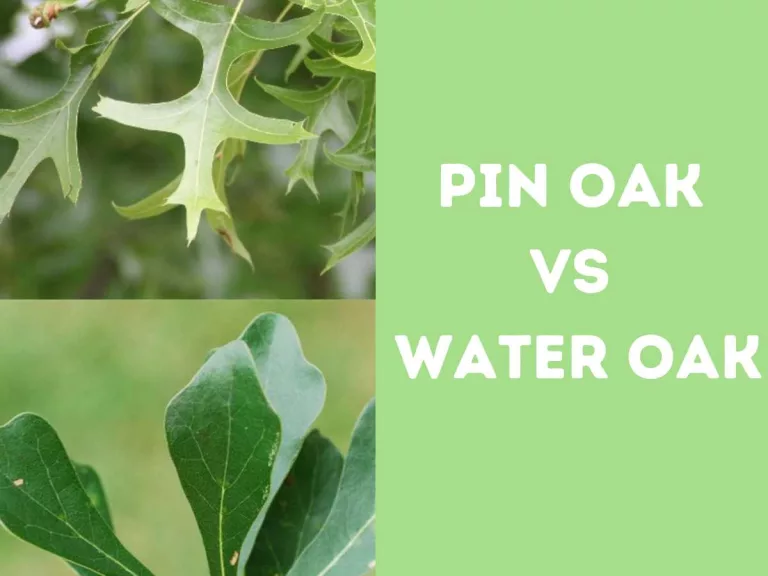Red Oak vs White Oak: A Comprehensive Guide to Their Differences, Uses, and Characteristics
The distinction between red oak and white oak goes beyond mere appearance. These two hardwoods, while sharing the “oak” moniker, have unique characteristics that have made them cornerstones in various industries. Red oak vs white oak analysis tells a lot about the diversity of nature within the same species. From the intricate designs of furniture to the robust structures in construction, and even the nuanced strategies in hunting, understanding the differences between these oaks is paramount.

The world of construction values them for their durability and aesthetic appeal, while furniture makers prize them for their distinct grains and workability. Even in the realm of hunting, the type of oak can influence strategies, given the varied preferences of wildlife towards their acorns. This article delves deep into these distinctions, offering readers a comprehensive understanding that’s rooted in history, science, and practical application.
Historical Context and Significance
Oaks have stood tall and mighty for millennia, with fossil records suggesting their presence as far back as the Oligocene epoch (33.9 million to 23 million years back). Among the vast genus Quercus, red and white oaks have carved their niche, not just in forests, but in human history.
Origins of red and white oak species.
The origins of red oak (Quercus rubra) trace back to North America, predominantly in the northeastern regions. White oak (Quercus alba), on the other hand, has its roots spread across the eastern and central parts of the continent. These species have been integral to various cultures. Native American tribes, for instance, utilized oak wood for crafting tools and revered the trees for their spiritual significance.
Historical uses and significance in different cultures.
In European history, oaks symbolized strength and endurance. White oak, with its rot-resistant properties, played a pivotal role in shipbuilding, aiding explorers and merchants in their sea voyages. Red oak, celebrated for its vibrant hue and pliability, found its way into artistic endeavors and royal abodes.
Having spent years studying the intricacies of wood, I’ve come across many a tale of ancient ships and grand palaces built from these very oaks. I recall examining a piece of white oak from a centuries-old shipwreck, its resilience still evident after all those years submerged.

On a visit to The Whitney, a historic mansion in Detroit, Michigan, the deep red hues of red oak beams, still as vibrant as they must have been when first installed, caught my eye. This mansion is a Fine Dining Restaurant and Special Event Venue now.
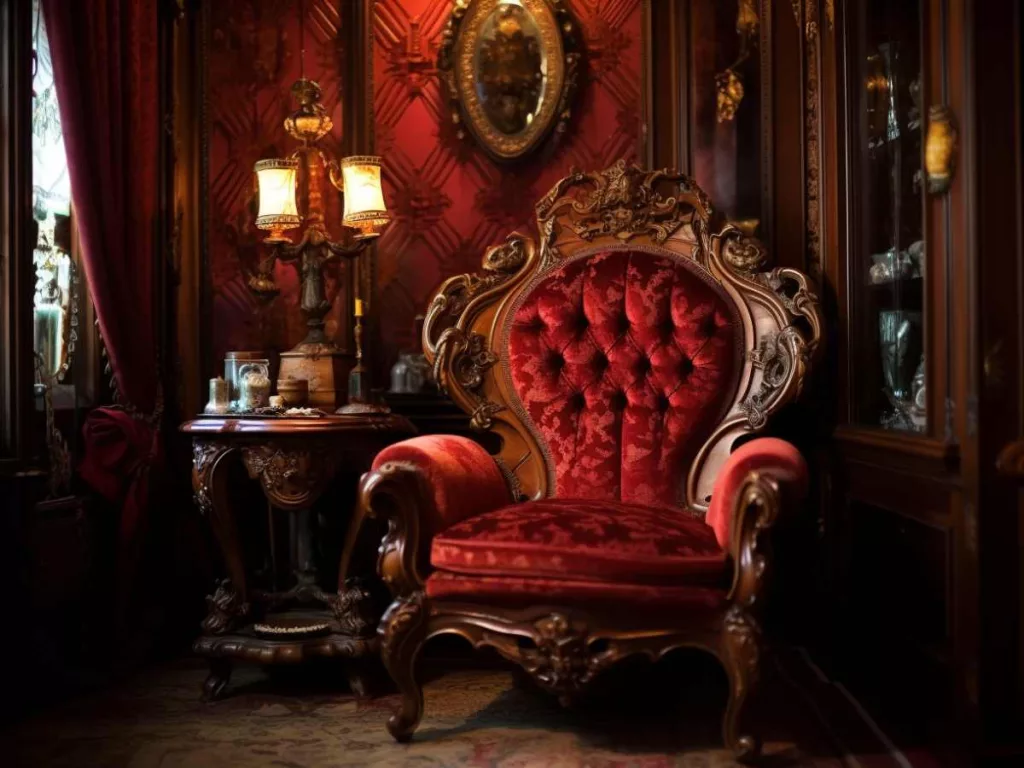
The intertwining of red and white oak with human civilization underscores their importance, not just as resources but as silent witnesses to our shared history.
Morphological Differences (Red Oak vs White Oak)
Leaf Structure
Differences in the leaf patterns (red oak versus white oak leaves) are very prominent.
Red Oak Leaves
- Lobes: Leaves typically have pointed lobes with bristle tips. The bristle tips are small hair-like extensions at the end of each lobe, giving the leaf a somewhat jagged appearance.
- Number of Lobes: They usually have 7 to 11 lobes.
- Color: In the fall, leaves can turn a range of colors from red to brown.
- Texture: The leaves are generally smooth to the touch.
- Size: These are typically range in size from 5 to 8 inches (12.7 to 20.3 cm) in length and 4 to 5 inches (10.2 to 12.7 cm) in width.

During my field studies, I’ve often found myself lost in the beauty of a red oak forest in autumn, the leaves painting a vivid tapestry of colors. The tactile experience of feeling the smooth leaves, juxtaposed with the rough bark, is something every wood enthusiast should experience.
White Oak Leaves:
- Lobes: Leaves have rounded lobes without bristle tips. This gives the leaf a more gentle, lobed appearance.
- Number of Lobes: They typically have 7 to 9 lobes.
- Color: In the fall, they can turn a deep red or purplish color, though some might turn brown.
- Texture: The leaves can be slightly lobed or deeply lobed, depending on the specific species, but they are generally also smooth.
- Size: Leaves are generally larger, often ranging from 5 to 9 inches (12.7 to 22.9 cm) in length and 4 to 6.5 inches (10.2 to 16.5 cm) in width.
Acorns’ Characteristics: White Oak vs Red Oak Acorns
In the vast tapestry of forest ecosystems, the subtle differences between white oak and red oak acorns play a pivotal role. These differences, while seemingly minor, have profound implications for both the flora and fauna that call these forests home. White oak acorns vs red oak acorns are a very interesting area to talk about.
Physical Aspects

| Aspect | White Oak Acorns | Red Oak Acorns |
| Shape and Size | Generally rounder and can be larger in size. | Typically more elongated and can be smaller. |
| Color | Lighter in color, often with a pale tan hue. | Darker, sometimes with a reddish-brown tint. |
| Cupule (Cap) Texture | The cap is smoother and covers about one-fourth of the acorn. | The cap is rougher, sometimes with deeper scales, and can cover about one-third to half of the acorn. |
Nutritional Differences and Their Implications
| Aspect | White Oak Acorns | Red Oak Acorns |
| Description | Often described as sweeter and more nutritious. | Have a slightly higher fat content. |
| Taste | Less bitter, a bit sweeter | Bitter, less sweet |
| Carbohydrate Content | Higher, making them an immediate energy source for animals. | Provides longer-lasting energy due to slightly higher fat content. |
| Consumption Preference | Preferred for immediate consumption due to their sweeter taste and immediate energy provision. | Serve as a reserve food source, especially vital during scarce winter months due to their longer-lasting energy source. |
Tannin Content and Palatability
| Aspect | White Oak Acorns | Red Oak Acorns |
| Tannin Content | Lower tannin levels. | Higher tannin levels, leading to a distinct bitterness. |
| Palatability | More palatable to a broader range of wildlife due to lower tannin content. | Less palatable due to their bitterness from higher tannin content. |
| Ecological Implications | Often consumed first by animals due to their palatability. | Consumed later or left to germinate and grow, ensuring a balanced regeneration of both oak species in the forest. |
| Human Consumption | Were often preferred by indigenous peoples for consumption due to their sweeter taste. | Required more processing (like leaching) to remove bitterness before consumption. |
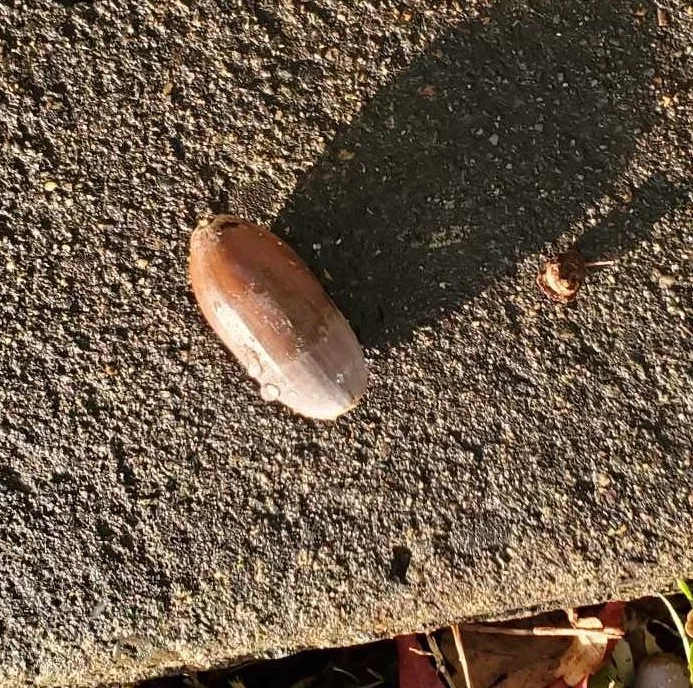
Germination Rates and Forest Regeneration
| Aspect | White Oak Acorns | Red Oak Acorns |
| Likelihood of Immediate Consumption | Higher due to sweeter taste and lower tannin content. | Lower due to biennial drop and higher tannin content. |
| Maturity Time | 1 Year | 2 Years |
| Germination Rate | Lower because they are consumed quickly upon falling. | Higher as they remain on the forest floor longer, allowing for either consumption or germination over time. |
| Tolerance to Soil Conditions | More sensitive to soil conditions and require well-drained soils to germinate. | More adaptable and can tolerate a wider range of soil conditions. |
| Ecological Outcome | Fewer acorns get the chance to germinate due to immediate consumption. | Staggered consumption and germination ensure both oak species coexist and thrive in the same ecosystem. |
Bark Texture and Appearance
The bark of an oak tree serves as a protective layer and a visual record of its growth journey. Touching the bark provides a sensory experience, revealing the tree’s history and resilience. There are clearly identifiable differences between red oak vs white oak barks.
Red Oak Bark Characteristics
Texture: Rough and ridged with deep vertical furrows.
Color: Muted gray to dark brown, occasionally with reddish undertones.
Feel: Rugged, showcasing its robust nature.

White Oak Bark Characteristics
Texture: Smoother with less pronounced ridges.
Color: Light gray, sometimes interspersed with whitish patches.
Feel: Comparable to worn leather, less rugged than red oak.
Wood Color Difference
Red Oak Color
The heartwood of red oak has a slight pinkish-reddish hue, which is where it gets its name. The sapwood, which is the outer ring of the wood, is usually pale white to light brown.
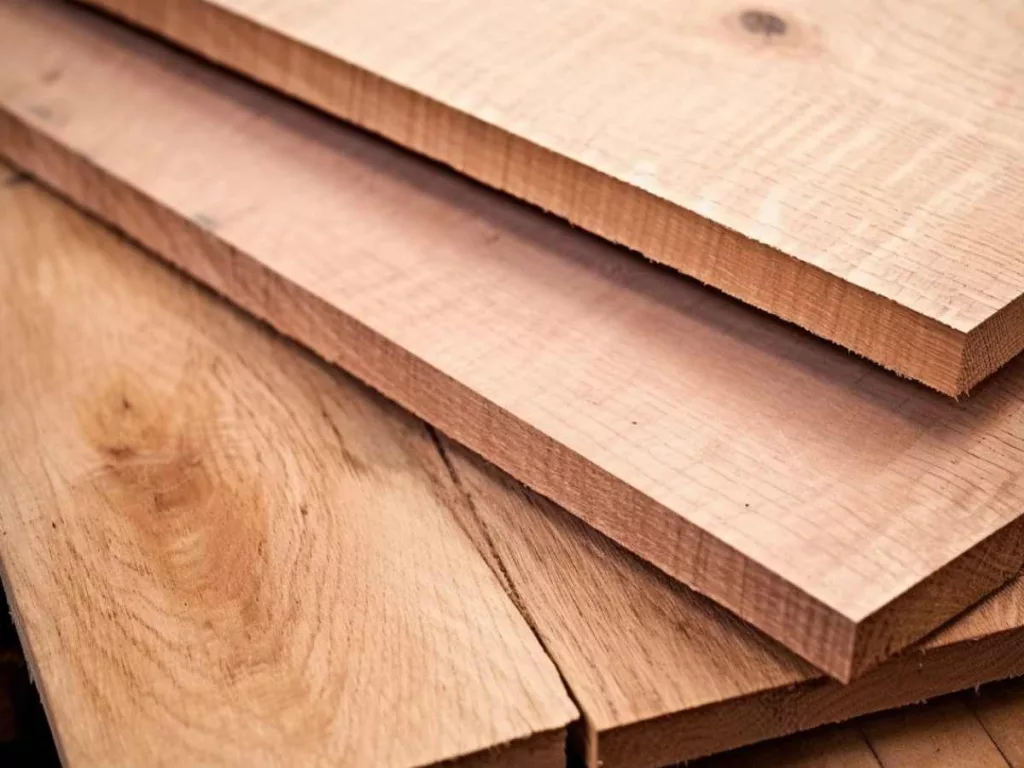
White Oak
The heartwood of white oak tends to be a light to medium brown, often with an olive cast. It doesn’t have the pinkish or reddish hue that red oak has. The sapwood is pale white, sometimes with light brown streaks. Though sometimes it is very hard to distinguish the species from wood colors.

Staining and Finishing Colors
- Unfinished oak lumber is typically light brown.
- Red oak often has a slight reddish cast.
- White oak tends to have a subtle olive-colored cast.
- There can be abnormally light or dark outliers in oak lumber.
- Relying solely on color for identification, especially when stained or finished, can be misleading, moreover, finishing agents have multitude of built-in color tones.
- There’s significant overlap and unpredictability between individual pieces of oak.
Growth Patterns
Each oak type has its unique growth trajectory.
Red Oak
Growth Rate: Faster, maturing within a few decades.
Height: Typically reaches 60-75 feet.
Canopy Width: Spans between 40-50 feet.
White Oak
Growth Rate: Slower but has a longer lifespan, often exceeding 300 years.
Height: Can soar up to 100 feet.
Canopy Width: Averages between 40-45 feet, slightly narrower than red oaks.
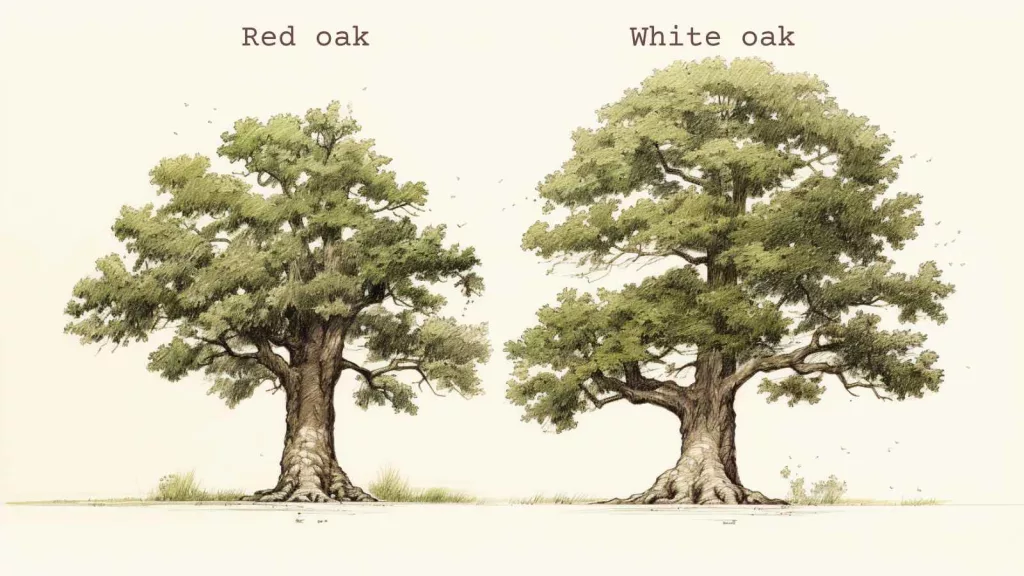
Wood Characteristics and Applications
Red Oak vs White Oak Grains
The grain pattern reveals the history and life of the oak.
Red Oak
Grain Pattern: Pronounced with wavy lines and swirls.
Texture: Coarse but warm to the touch.
White Oak
Grain Pattern: Tighter, straighter, and more uniform.
Texture: Smoother, often likened to velvet by artisans.
This video is an amazing one for understanding the texture variations.
Durability and Resistance
White Oak’s Superiority: Known for its resilience against time and elements.
White Oak
It contains tyloses, blocking water pathways. Highly resistant to rot and water damage, ideal for boat building and outdoor structures. The wood of white oak is filled with tyloses, making it impermeable. This characteristic is what makes white oak suitable for tight cooperage like whiskey barrels. Used in outdoor structures due to its water resistance.
Red Oak
Lacks the water-resistant properties of white oak due to its porosity. Best suited for indoor furniture and cabinetry due to its flexibility and workability. They are used in cabinetry, flooring, veneers.
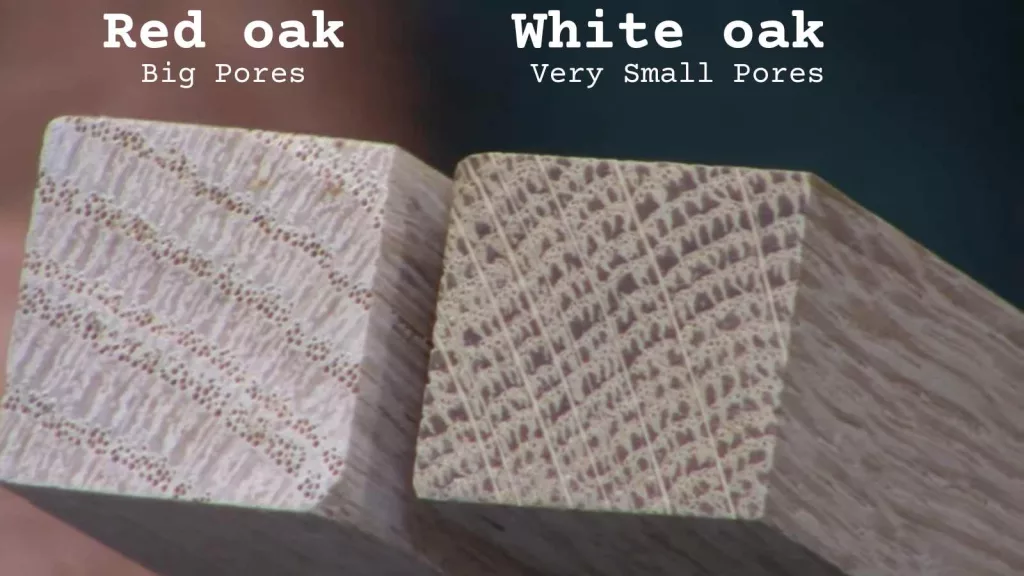
Chemical and Physical Testing Methods To Identify
Sodium Nitrite Test
To accurately distinguish between red and white oak, the Sodium Nitrite Test is a reliable chemical method. When a drop of sodium nitrite solution is placed on the oak’s end grain, red oak will produce a pronounced dark coloration, while white oak remains relatively unchanged.
Procedure:
- Prepare a 10% sodium nitrite solution.
- Clean the oak sample’s end grain to ensure no contaminants.
- Apply a drop of the solution to the end grain.
- Observe the reaction for up to 5 minutes.
Interpretation: A dark coloration indicates red oak, while little to no change signifies white oak. This reaction is due to the varying tannin compositions in the two oaks.
Ray Length Examination of white oak tree vs red oak tree
The ray length, visible on the oak’s end grain, offers a physical method to differentiate between the two oaks. Under a magnifying glass or microscope, red oak displays shorter rays, typically 1/8 inch long, while white oak showcases rays extending up to 3/4 inch.
Procedure:
- Smoothly plane or sand the oak sample’s end grain.
- Using a magnifying glass or microscope, closely examine the ray lengths.
- Measure and compare the lengths.
Interpretation: Longer rays indicate white oak, while shorter rays are characteristic of red oak.
Growth Impact
Oaks, in their majestic growth, play a pivotal role in their ecosystems. Red oaks, with their faster growth, often colonize areas quickly, providing habitats for various fauna. However, their rapid growth can sometimes overshadow understorey vegetation. White oaks, growing slower, allow for a more diverse understorey, fostering richer biodiversity.
Interviews & Tips
Renowned woodworker Juan Pablo
He mentioned, “Red oak has this vibrant grain that comes alive under polish, but it demands precision during joinery.”
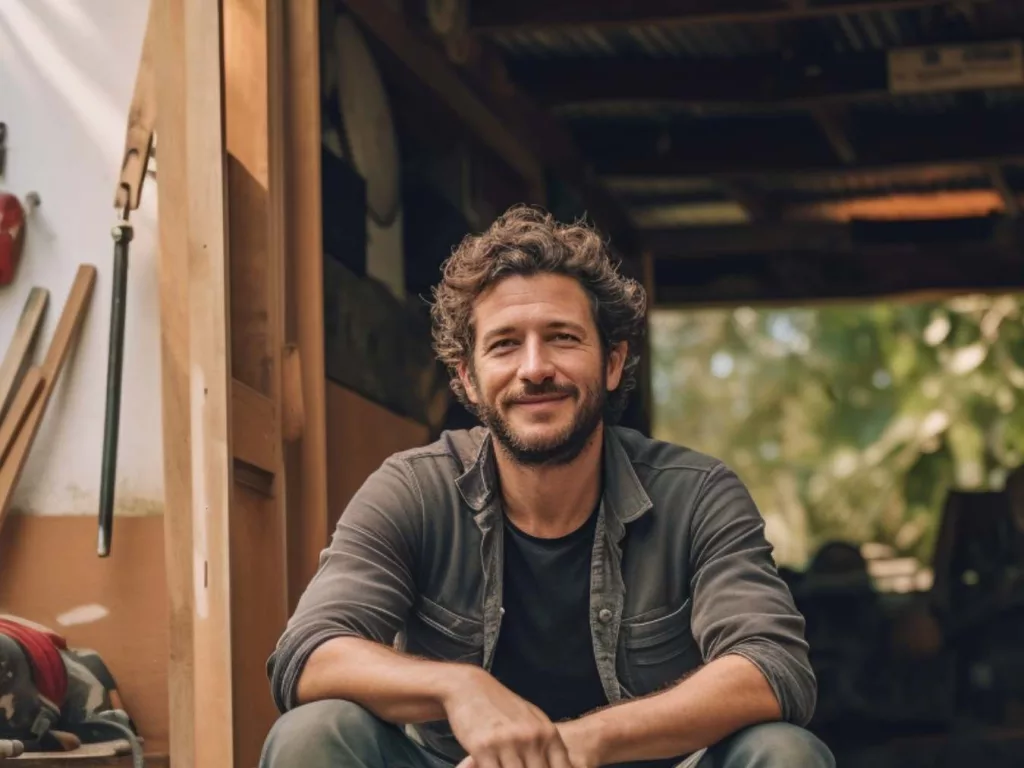
Plant Biologist Aynura Pashayeva
On the other hand, plant biologist Aynura Pashayeva notes, “White oak’s slower growth gives it a density and resilience that’s fascinating from a biological perspective.”
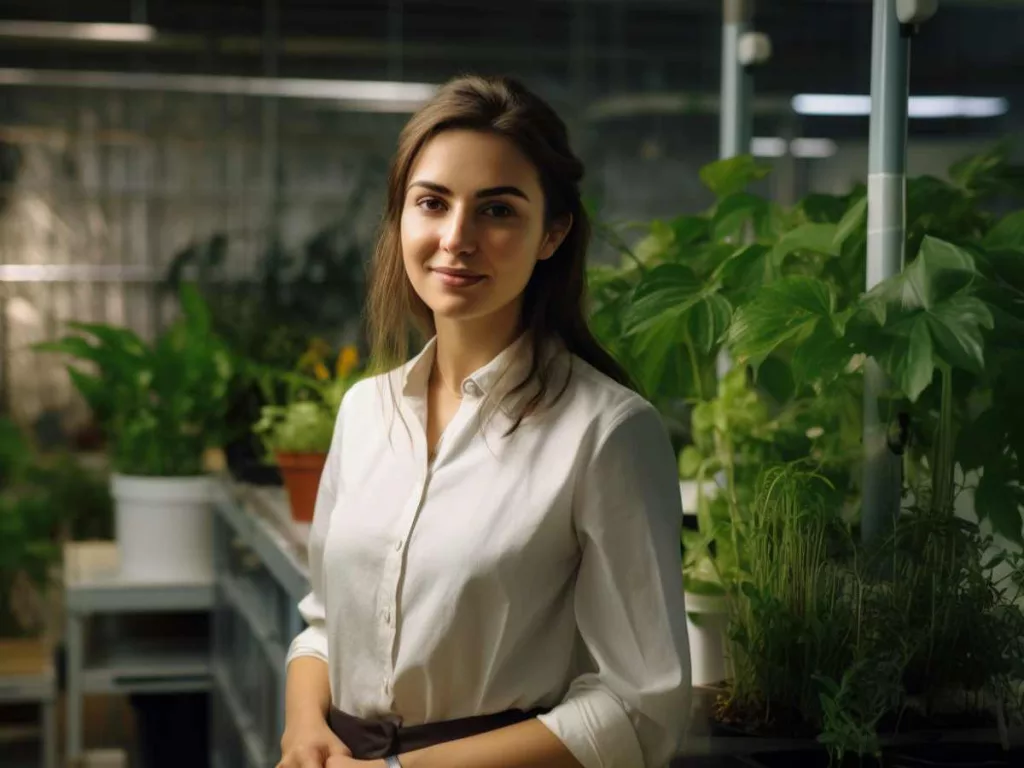
Such real-world insights shed light on the practical aspects of working with these oaks, from crafting furniture to understanding their ecological significance.
Tips for Consumers
Choosing between red and white oak can be daunting, but keeping a few pointers in mind can simplify the decision:
- Purpose: For outdoor projects, white oak’s water resistance makes it ideal. For indoor aesthetics, red oak’s pronounced grain can be a showstopper.
- Budget: Red oak is generally more affordable than white oak, making it a cost-effective choice for large projects.
- Durability: For heirloom furniture or structures meant to last generations, investing in white oak is wise.
- Appearance: If you prefer bolder grain patterns, red oak is your go-to. For a subtler, refined look, white oak is perfect.
Conclusion
The journey through the world of red and white oaks reveals a tapestry of differences, from their historical significance to their modern-day applications. While both oaks have their unique strengths, understanding these nuances is key to making informed decisions.
Whether you’re a craftsman, a homeowner, or someone with a penchant for nature, the choice between red and white oak will invariably impact your project’s outcome. I always encourage our readers to weigh these differences, consult experts, and choose wisely, ensuring that the oak they select aligns perfectly with their vision and needs.
Related Articles
- Wood mechanical properties explained
- Exploring physical properties in woods
- Differences between oak species: live vs water, black vs red, pin vs scarlet, pin vs water, willow vs pin, European vs white
- Is oak wood hard?
Resources
- “White Oak.” It’s a part of Purdue Extension’s series on hardwood lumber and veneer. The document provides comprehensive information about white oak, including its characteristics, historical significance, growth patterns, wood properties, and more.
- “Oaks, tree-rings and wooden cultural heritage: a review of the main characteristics and applications of oak dendrochronology in Europe” by Kristof Haneca, Katarina Čufar, Hans Beeckman
FAQs
Is red oak better than white oak?
Both have their merits. Red oak is popular for indoor furniture, while white oak’s water-resistance suits outdoor applications.
Why is white oak so much more expensive than red oak?
White oak grows slower, is less abundant, and has specialized properties like water-resistance, making it pricier.
Why is red oak so cheap?
Red oak grows faster and is more abundant, leading to its affordability.
Is red oak less expensive than white oak?
Yes, red oak is generally more affordable due to its greater availability and faster growth rate.
How can you tell a white acorn from a red acorn?
White acorns have a smoother, rounder cap, while red acorns have a rougher texture and a tighter cap.
Do deer like red oak or white oak acorns better?
Deer generally prefer white oak acorns due to their sweeter taste, but they’ll eat red oak acorns when food is scarce.
How do you identify red oak acorns?
These have a more elongated shape with a rougher texture and a tighter-fitting cap.





